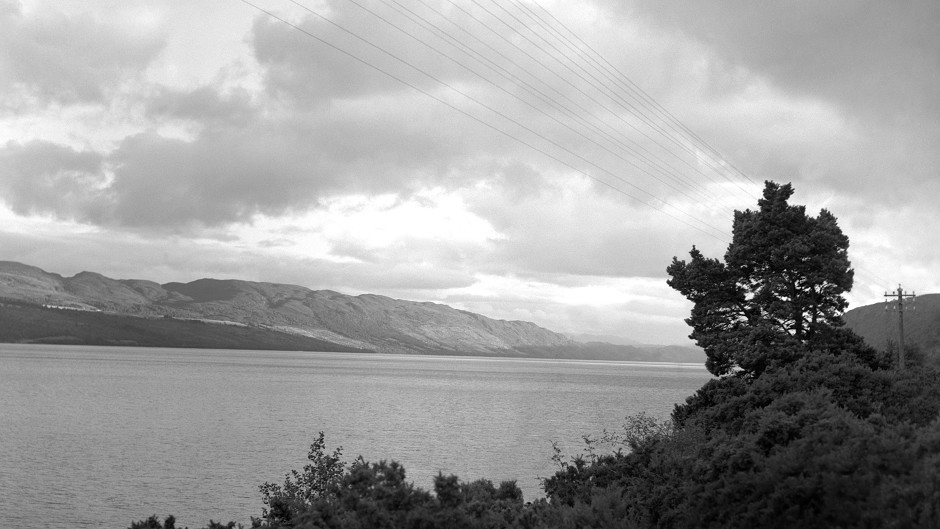A church close to Loch Ness has received a huge funding boost that will help to restore the building for future generations.
St Ninian’s Episcopal Church (Anglican), located about six miles west of Drumnadrochit on the shores of Loch Meikle, received a grant of £121,700 from the Heritage Lottery Fund (HLF), an amount which has been matched by Historic Scotland.
The money is part of a funding package worth £365,330, which is also made up of private donations and donations from other trusts.
St Ninian’s was built in 1853 and work to the building will include damp prevention, renewing parts of the roof and cleaning and protecting its stained glass windows. A new disabled toilet facility will also be added inside.
A range of activities have been identified to encourage younger members of the community, and the church will also serve as a venue for meetings, concerts and weddings.
Interpretation boards will be erected in the grounds and in the building highlighting key features of the church and its history. These activities will be published in the church website which will be upgraded.
George Stone, secretary to the vestry, said: “Here at St Ninian’s we are all excited at the prospect of upgrading the church building. A cure for the problem of dampness will be a great benefit, and the provision of a new toilet will give modern facilities for all those who use our church. We can now look to the future with confidence.”
Lucy Casot, head of the Heritage Lottery Fund Scotland, said: “Scotland’s historic and diverse places of worship are so often at the heart of our communities.
“St Ninian’s Episcopal Church is an excellent example of how HLF can help conserve a much loved building so it can continue to serve its local community.”
St Ninian’s Church is a Category C building and is a member of the Scottish Episcopal Diocese of Moray, Ross and Caithness.
It has a tiny regular congregation of 12-16people, but is often full of visitors in the summer.
It is one of the few Anglican Churches in the Highlands and was erected in 1853 with seating for 40. To the west and south west it is the only Anglican church for 60 miles, and to the north east, 15 miles, and to the north, 20 miles. The charge covers an area of 97 square miles.
